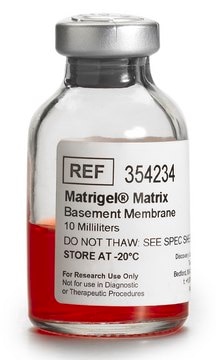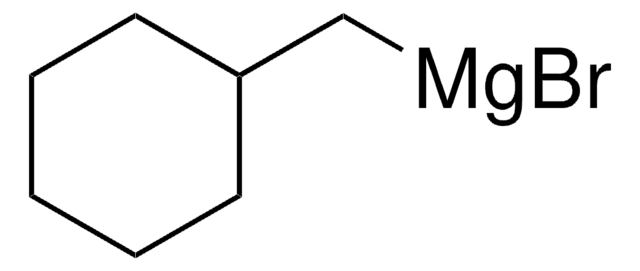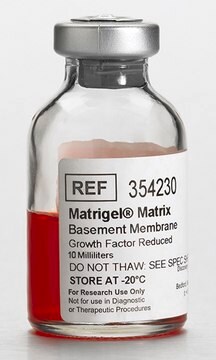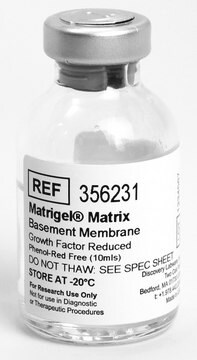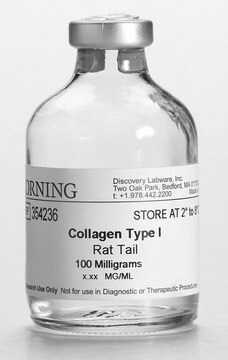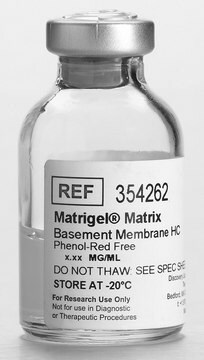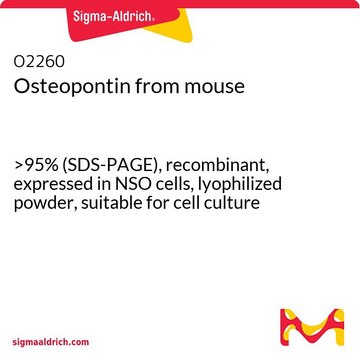SRP6383
CD319/SLAMF7/CRACC human
recombinant, expressed in HEK 293 cells, ≥95% (SDS-PAGE)
Synonim(y):
19A, CS1, FOAP-12
About This Item
Polecane produkty
pochodzenie biologiczne
human
rekombinowane
expressed in HEK 293 cells
znacznik
6-His tagged (C-terminus)
Próba
≥95% (SDS-PAGE)
Postać
lyophilized
masa cząsteczkowa
calculated mol wt 23.2 kDa
observed mol wt 33-48 kDa (DTT-reduced. Protein migrates due to glycosylation. Ser 23 is the predicted N-terminus.)
opakowanie
pkg of 10 μg
pkg of 50 μg
zanieczyszczenia
<1 EU/μg endotoxin (LAL test)
numer dostępu UniProt
Warunki transportu
wet ice
temp. przechowywania
−20°C
informacje o genach
human ... SLAMF7(57823)
Opis ogólny
SLAM family member 7 (SLAMF7) is also known as CD2-like receptor-activating cytotoxic cells (CRACC), membrane protein FOAP-12, CD antigen CD319, Novel Ly9, Protein 19A, which is a single-pass type I membrane protein and a member of the CD2 family of cell surface receptors. SLAMF7 is expressed in spleen, lymph node, peripheral blood leukocytes, bone marrow, small intestine, stomach, appendix, lung and trachea. SLAM F7 (signaling lymphocytic activation molecule F7) receptors are expressed on immune cells such as activated T cells, most B cells, antibody-producing plasma cells and natural killer cells and also on myeloid cells. The SLAMF7 gene is mapped to human chromosome 1q23.3.
Działania biochem./fizjol.
Postać fizyczna
Rekonstytucja
Kod klasy składowania
11 - Combustible Solids
Klasa zagrożenia wodnego (WGK)
WGK 3
Temperatura zapłonu (°F)
Not applicable
Temperatura zapłonu (°C)
Not applicable
Certyfikaty analizy (CoA)
Poszukaj Certyfikaty analizy (CoA), wpisując numer partii/serii produktów. Numery serii i partii można znaleźć na etykiecie produktu po słowach „seria” lub „partia”.
Masz już ten produkt?
Dokumenty związane z niedawno zakupionymi produktami zostały zamieszczone w Bibliotece dokumentów.
Nasz zespół naukowców ma doświadczenie we wszystkich obszarach badań, w tym w naukach przyrodniczych, materiałoznawstwie, syntezie chemicznej, chromatografii, analityce i wielu innych dziedzinach.
Skontaktuj się z zespołem ds. pomocy technicznej
